Features of growing hot peppers on the windowsill
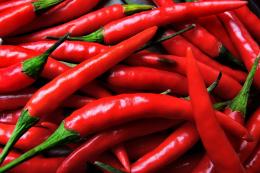
For lovers of spicy and spicy dishes, it will certainly be useful to know how to grow hot hot peppers on the windowsill. The plant is quite easy to grow at home, the bush will not take up much space, but this will in no way affect the number of small peppercorns.
Content:
- It couldn’t be sharper: the properties of a “scorching handsome man”
- How to grow hot peppers at home?
- How to support and speed up the development process of a plant?
It couldn’t be sharper: the properties of a “scorching handsome man”
Hot peppers are a frequent guest of Mexican cuisine lovers. It has excellent taste and decorative qualities. It is interesting to know that botanists classify pepper fruits as berries, although we are more accustomed to consider it a vegetable plant. It is worth noting that in the Southern Hemisphere of America, the “scorching beauty” grows in the form of bushes. South America is the birthplace of everyone's favorite red pepper.
Thanks to the work of breeders, you and I can enjoy the spicy taste of pepper, and for this we do not have to go to the store. All you need to grow a plant on a windowsill is soil, a pot and the creation of optimal conditions for the growth and development of the bush.
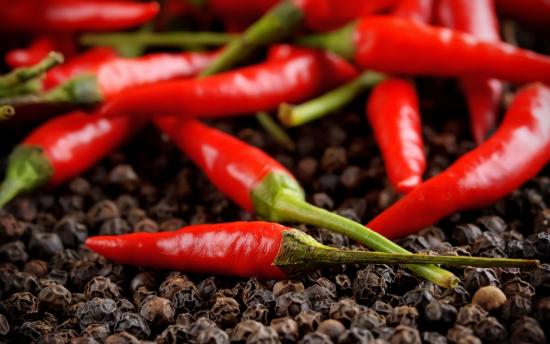
Due to the fact that hot peppers have a fairly large number of small leaves, the process of photosynthesis increases. It is this factor that facilitates the process growing plants at home. Note that pepper is a perennial plant. In 4 years it bears about 80 fruits.If the owner provides a good level of lighting, fruiting will be constant.
Amazing properties of hot pepper:
- The fruits of the plant are used in cooking, medicine, and cosmetology.
- Due to the fact that pepper fruits contain phytoncides, it fights pathogenic viruses and bacteria.
- Pepper infusion is used to kill domestic insects (aphids, whiteflies).
- Hot peppers are decorative. Modern designers often use the plant as home decoration.
The amazing taste properties of hot pepper will certainly not leave lovers of spicy food indifferent. It's time to learn about the nuances of planting and caring for the plant.
How to grow hot peppers at home?
So, you have two options that will help you grow a plant at home. First, you buy ready-made seeds in the store. Second, you prepare the seeds yourself. To do this you need to buy ripe spicy pepper, cut it in half, select the seeds and dry them in a warm, dry room.
Beginners to this business often wonder: in what season is it better to start planting? The answer is simple. Since hot peppers will grow in “greenhouse conditions,” the planting season makes absolutely no difference. Features of planting seeds:
- Take a pot (or any other container) with a volume of up to 3 liters and scald it with boiling water to disinfect it.
- The soil should not be acidic. Monitor the acidity balance (to do this, you can add a glass of manganese solution: 2 teaspoons per glass of boiled water).
- Dig a 1-centimeter hole with a spatula and add a couple of pepper seeds. To ensure that the germination process pleases you, pre-soak the seeds for a day.
- Pack the seeds with soil.
The optimal temperature for growing hot peppers is considered to be 20-25 degrees Celsius. Remember, in order to create ideal conditions for the development of a plant, you must create the correct temperature regime, monitor humidity and not allow the soil to dry out. Cover the pot with plastic wrap. Thus, you will create the so-called “greenhouse effect”.
Video about growing hot peppers at home:
There is an idea to first grow seedlings, and only then transplant it? In this case, you should know that the best time for this activity is February or early April. Take a wooden box, pour pre-prepared soil into it (reduce acidity), soak the seeds, and start planting in the same way as planting in a pot. Remember some nuances:
- keep a distance of 5 centimeters
- create a "greenhouse effect"
- observe the temperature regime (20-25)
- When the first leaves appear, start transplanting the seedlings into separate pots
As a rule, the first bores appear within one week or ten days. In order for the fibrous roots to grow better, you need to remove one third of the root. Remember that in winter it is not at all necessary to water a young plant every day. Water once a week using filtered or settled water.
In the warm season, the number of waterings increases to two. As you can see, planting and caring for hot peppers is not that difficult. If you follow simple rules, then after 6 months you can enjoy the spiciness of the pepper fruit, and most importantly, it was grown at home.
How to support and accelerate the development process of a plant?
In general, caring for the plant is simple.If you want to achieve good fruiting, then you need to maintain the “correct” temperature. During the day temperature should not fall below 22 degrees Celsius, at night 17. To prevent the bush from suffering from dry air and warm radiators, it must be protected from radiators. Do you have a humidifier? Great!
But if it is not there, then do not forget to hang a damp towel on the battery. An old fashioned method that always works.
Remember that pepper leaves do not like contact with water, so it is better to moisten the plant through a tray. It was already written above that it is better to use filtered or settled water. To speed up the development of side stems, trim the top of the stem when it reaches 20 centimeters in length.
Hot peppers do not like sudden changes in temperature and drafts. Protect him from a negative environment. If you are growing two varieties of plants, do not place pots close to each other to avoid cross-pollination.
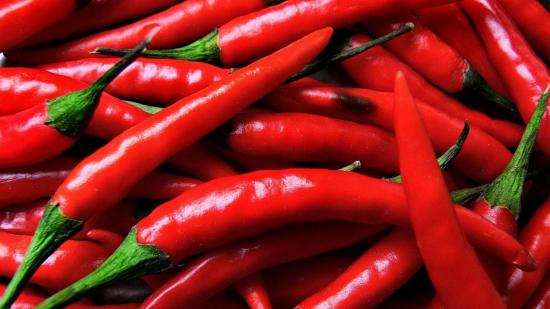
Let's summarize:
- We observe the temperature regime
- We water the plant correctly and in a timely manner
- Trim the plant when it exceeds 20 centimeters in length
- Don't forget to humidify the room
- We are afraid of temperature changes and drafts
And of course we take care of the light flux, which is so necessary for photosynthesis. Just imagine the pleasure a red bush will bring you pepper, grown with my own hands. Add something spicy to your everyday food!

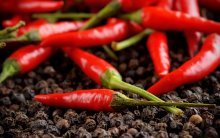

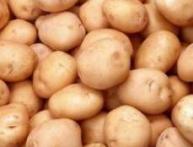
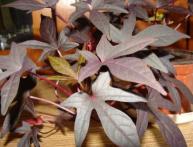
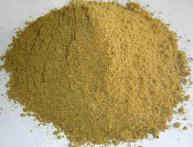

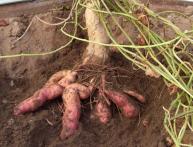
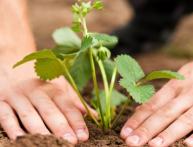
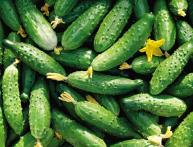
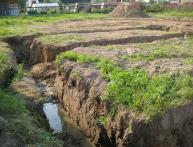
Comments
One of the few plants that grows equally well outdoors and indoors. Pepper doesn’t need special conditions in an apartment; for me it doesn’t even grow on the sunny side, the main thing is not to forget to water it and occasionally feed it with some organic matter.